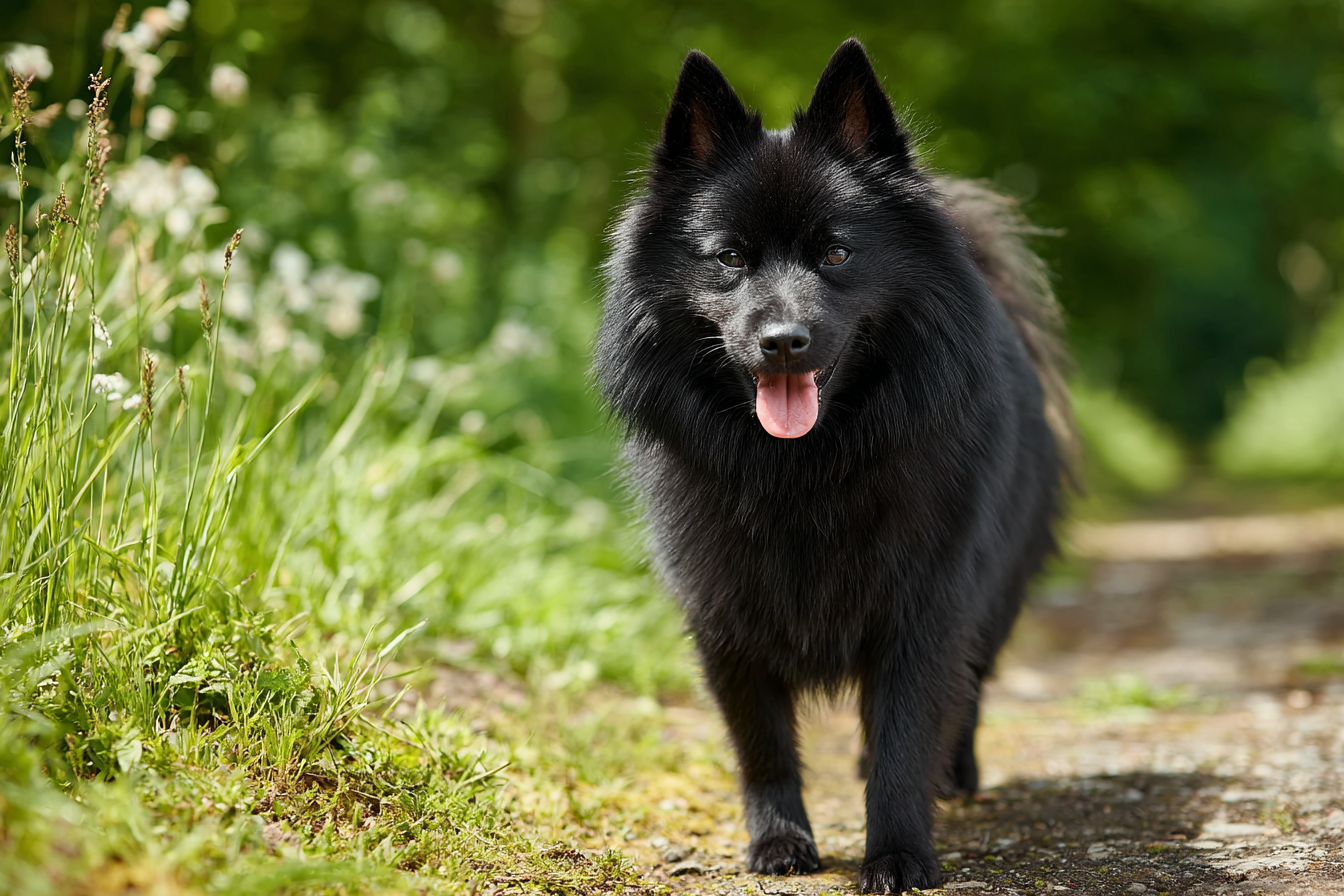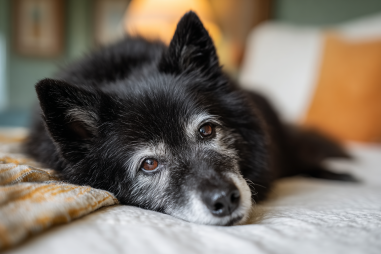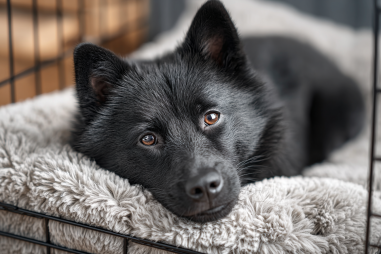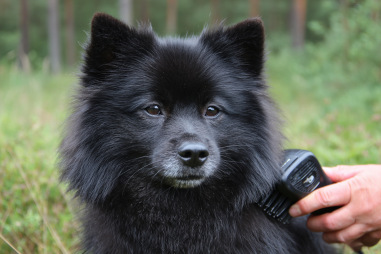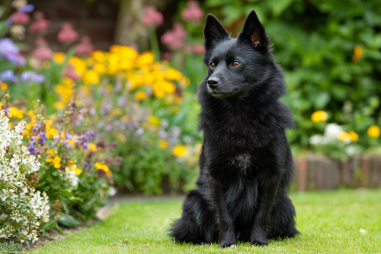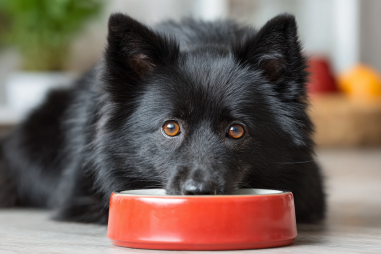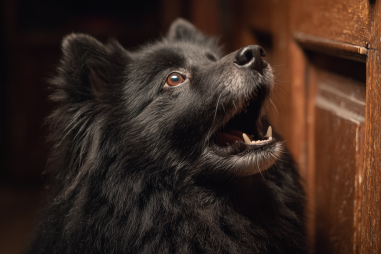The Schipperke is a compact yet spirited breed known for its vivacious personality and boundless energy. Often described as a “little black fox,” this small Belgian dog is as inquisitive as it is agile, making it essential for owners to understand and meet its specific exercise and activity needs. Keeping your Schipperke well-exercised not only contributes to their physical health but also supports their mental wellbeing, helping to prevent common behavioral issues. If you’re wondering how much activity your Schipperke really needs and the best ways to keep this lively companion entertained, you’re in the right place.
Energy Levels and Activity Patterns
Schipperkes are naturally energetic, with a strong drive to stay active and alert. Despite their small size, they have the stamina of a much larger dog and are known for their curiosity and mischievous streak. These traits stem from their history as watchdogs and rat catchers on barges, where they needed to be both vigilant and agile. Their energy tends to come in waves, with bursts of playful enthusiasm followed by quieter rest periods. Owners can usually expect their Schipperke to be lively throughout the day, particularly during morning and early evening.
Because of their intelligence, Schipperkes crave both physical exertion and mental challenges. Without adequate outlets, their energy can easily become bottled up, leading to destructive behaviors such as excessive barking, digging, or chewing. Understanding the balance between physical exercise and brain stimulation is key to keeping your Schipperke happy and healthy.
Daily Exercise Recommendations
On average, a Schipperke requires about 60 to 90 minutes of daily exercise, split into several sessions to suit their energy peaks throughout the day. This can be a combination of walks, playtime, training, and other interactive activities. Of course, the exact amount depends on your dog’s age, health status, and individual personality.
For younger and more active Schipperkes, two brisk walks—each lasting 30 to 45 minutes—paired with additional play sessions work well. Older dogs or those with health challenges may benefit from shorter, gentler walks coupled with mental enrichment activities. Additionally, varying the pace and intensity, such as including short bursts of running or agility training, helps prevent boredom and keeps your dog physically fit.
Best Activities and Games
Schipperkes love activities that engage their quick minds and agile bodies. Incorporating games and structured play is a fantastic way to use their energy positively. Here are some favorites:
- Fetch: This classic game appeals to their retrieval instincts and allows for vigorous exercise.
- Agility training: Setting up a small agility course with jumps, tunnels, and weave poles challenges their athleticism and obedience.
- Hide and seek: Hiding treats or toys for your Schipperke to find taps into their strong sense of smell and hunting instincts.
- Tug-of-war: Provides great muscle engagement and is often enjoyed as a bonding activity.
- Interactive puzzle toys: Incorporating food-dispensing puzzles keeps their brain busy and encourages problem-solving.
Rotating these activities regularly prevents monotony and maximizes the physical and mental benefits.
Mental Stimulation Ideas
Mental exercise is equally important as physical activity for Schipperkes. Since this breed learns quickly and thrives on challenge, mental stimulation can tire them out just as effectively as a long walk. Some effective approaches include:
- Training sessions: Teach new commands or tricks regularly to keep their minds active and reinforce good behavior.
- Scent work: Create scent trails or hide scented toys to stimulate their natural tracking abilities.
- Interactive feeders: Use slow feeders or food puzzles to extend mealtime into a brain workout.
- Varied environments: Take your dog to new places like parks or pet-friendly stores to explore different stimuli.
Providing mental tasks not only sharpens their intellect but also helps reduce stress and prevent anxiety-related behaviors.
Indoor vs Outdoor Exercise
While outdoor exercise is preferred for its fresh air and space, indoor activities are essential, especially during inclement weather or when outdoor time is limited. Schipperkes adapt well to both environments if given enough opportunity to move and play.
Outdoor activities like walking, running, and agility training allow your Schipperke to expend larger bursts of energy and explore new scents and sights. However, high-quality indoor exercise can also be effective. Simple games like fetch in a hallway, practicing obedience commands, or setting up scavenger hunts maintain their enthusiasm and keep muscle tone.
For indoor spaces, be sure the area is safe with enough room for your Schipperke to move freely without risking injury or damage. Combining both indoor and outdoor routines ensures your dog remains consistently active no matter the weather or daily schedule.
Signs of Boredom and Anxiety
Because Schipperkes are intelligent and energetic, insufficient exercise or mental stimulation can quickly lead to frustration. Being able to recognize signs of boredom or anxiety will help you adjust their routines before problems escalate:
- Excessive barking or howling: Vocal expressions often indicate restlessness or a need for attention.
- Destructive behaviors: Chewing furniture, digging, or tearing household items are common signs of pent-up energy.
- Restlessness or pacing: Indicates your dog’s frustration and desire to move or engage.
- Over-grooming: Repetitive licking or biting at themselves can denote stress or anxiety.
If you notice any of these signs, increasing exercise time or introducing new mental activities can greatly improve their mood and behavior.
Tailoring Exercise to Age and Health
Not all Schipperkes require the same level of activity throughout their lives. Puppies, adults, and senior dogs have different needs and limitations that should guide your exercise plans.
Puppies have bursts of energy but need plenty of rest as well. Short, frequent sessions of play and training help them develop coordination and social skills without overexertion.
Adult Schipperkes usually benefit from more structured exercise, with a focus on balancing cardio, strength, and mental challenges.
Seniors might require shorter, gentle walks and low-impact games that protect joints while still keeping the mind engaged. If your Schipperke has health issues such as arthritis or heart conditions, consult your veterinarian about safe activity levels and modifications.
Always observe your dog’s response to exercise and adjust the frequency, intensity, and type accordingly to maintain their overall wellbeing.
Keeping Your Schipperke Happy and Healthy
Meeting the exercise and activity needs of your Schipperke is a rewarding part of pet ownership. Providing a blend of physical workouts and mental stimulation ensures your furry friend stays fit, confident, and content. Remember, this breed thrives on interaction and engagement, so make sure to involve them in your daily routine rather than leaving them to entertain themselves alone.
With consistent attention to their energy, health, and interests, your Schipperke will remain a lively, affectionate companion who is always ready to share an exciting adventure or a cozy cuddle session.

